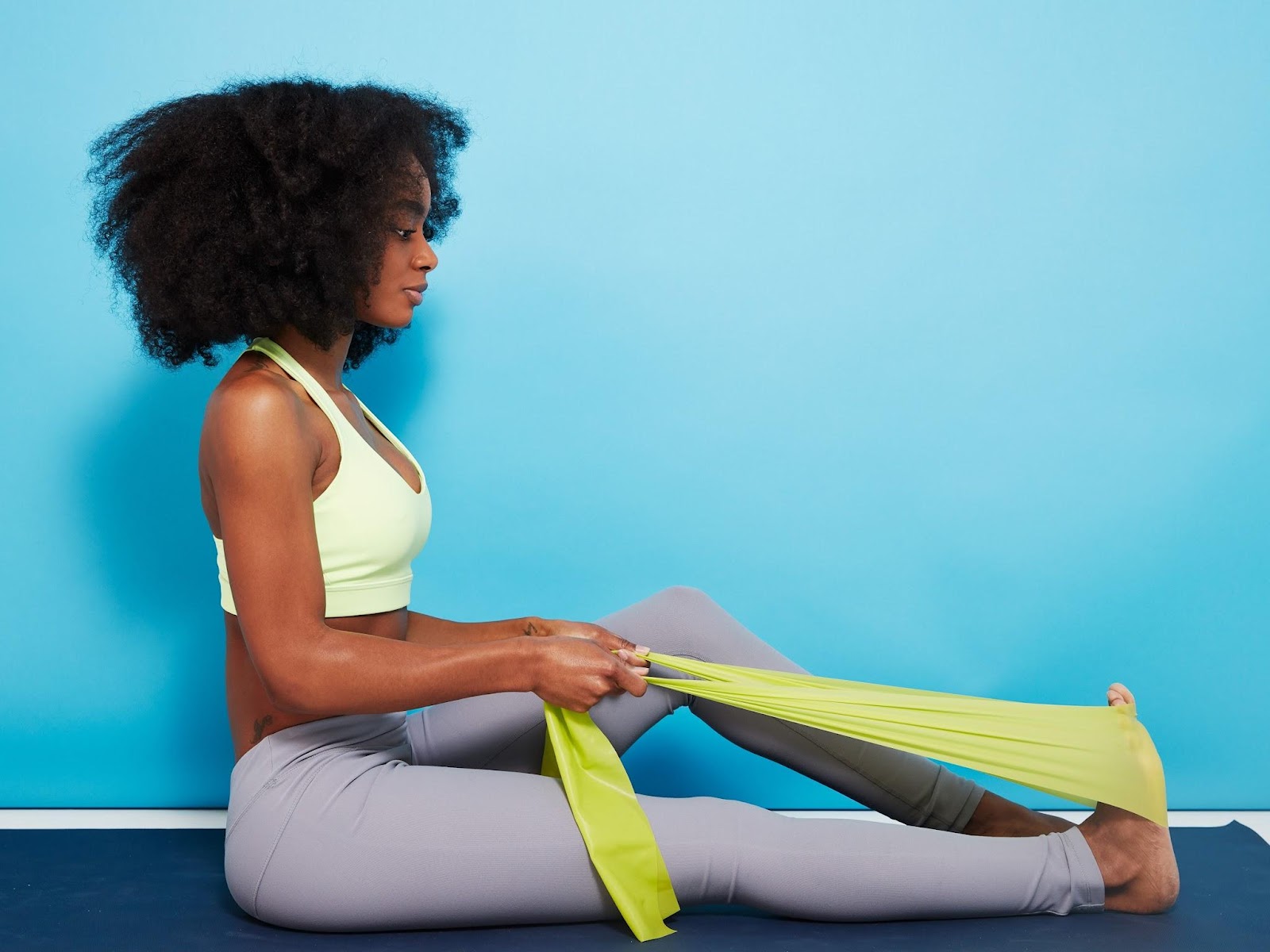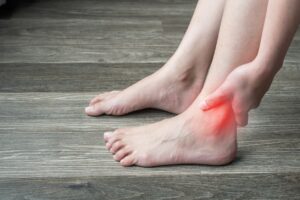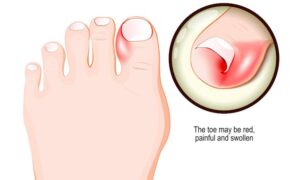Chronic Ankle Instability looms large as a persistent challenge, affecting individuals’ daily lives and mobility. This article aims to shed light on the intricacies of Chronic Ankle Instability, exploring its origins, symptoms, diagnostic approaches, treatment modalities, and preventive measures. By delving into these aspects, we strive to provide a comprehensive understanding of this condition and offer insights into managing its impact effectively.
Common symptoms of a pulled or strained calf

Symptoms of a pulled or strained calf muscle commonly include:
- Pain: You may experience sharp or dull pain in the calf muscle. The pain may range from mild to severe depending on the extent of the injury;
- Swelling: Swelling around the affected area is typical after a calf strain or pull. The swelling may cause the calf to feel tight and tender to the touch;
- Bruising: In some cases, bruising may develop around the calf muscle due to small blood vessel damage resulting from the strain;
- Weakness: The injured calf muscle may feel weak, making it difficult to walk, stand, or bear weight on the affected leg;
- Stiffness: Stiffness in the calf muscle and difficulty moving the ankle or foot may occur after a strain;
- Limited Range of Motion: You may find it challenging to flex or extend your foot and ankle fully due to the pain and stiffness associated with the injury;
- Popping Sensation: Some individuals report hearing or feeling a popping sensation at the time of injury, though this isn’t always present.
If you’re dealing with a strain, remember to give that leg some rest. Ice packs are your best friend for reducing swelling, and it’s a good idea to elevate your leg too. Try to avoid activities that make the pain worse – it’s all about giving your ankle a chance to heal.
Now, if you’re dealing with a severe strain and you notice some serious bruising, if you can’t bear weight on it, or if the pain just won’t quit despite home treatment, it’s time to give us a call. We’re here to help, and sometimes a little extra medical attention is just what the doctor ordered!
Strengthening exercises for lower leg pain
Lower leg pain can arise from various causes such as muscle imbalances, overuse injuries, or underlying conditions like shin splints or tendinitis. Strengthening exercises can help address these issues by improving muscle strength, flexibility, and endurance. Here are some exercises that can help alleviate lower leg pain:
Calf Raises:
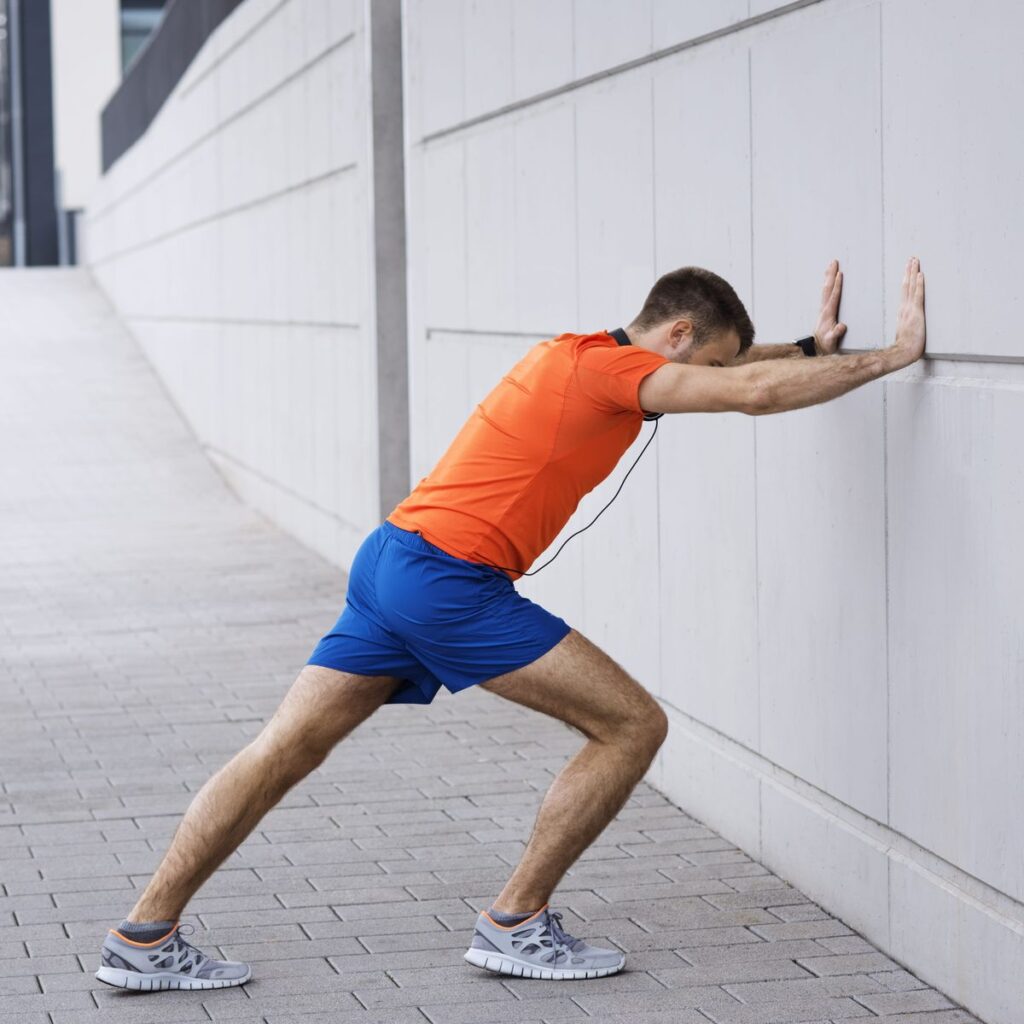
- Stand with feet hip-width apart, then rise onto your toes, lifting your heels as high as possible;
- Slowly lower your heels back down;
- Perform 2-3 sets of 10-15 repetitions.
Ankle Dorsiflexion:

- Sit on a chair with your feet flat on the floor;
- Loop a resistance band around the top of your foot and hold the ends in your hands;
- Flex your ankle upward against the resistance of the band, then slowly return to the starting position;
- Perform 2-3 sets of 10-15 repetitions for each foot.
Ankle Alphabet:

- Sit on a chair with one leg extended;
- Pretend your big toe is a pencil and “write” the alphabet in the air with your foot;
- Perform this exercise with each foot for 2-3 sets.
Towel Scrunches:
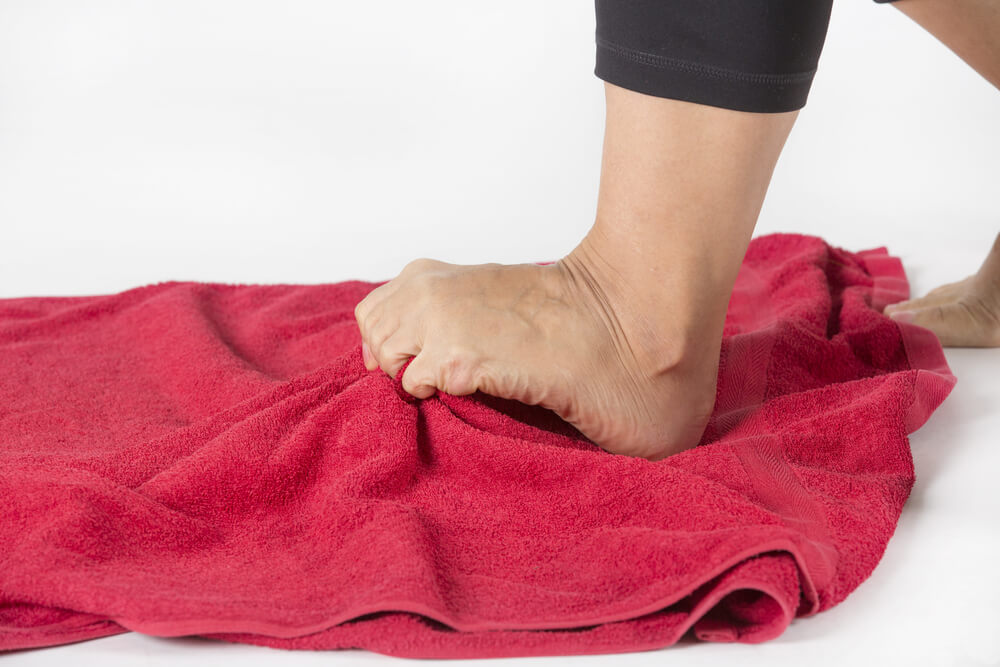
- Sit on a chair with both feet flat on the floor;
- Place a small towel on the floor in front of you;
- Use your toes to scrunch up the towel, pulling it toward you;
- Repeat for 2-3 sets of 10-15 repetitions.
Remember to start with light resistance or repetitions and gradually increase as your strength improves. If you experience any pain during these exercises, stop immediately and consult with a healthcare professional. Additionally, it’s essential to combine strengthening exercises with proper rest, stretching, and adequate nutrition for optimal recovery and injury prevention.
Stretching exercises for lower leg pain
Stretching can be beneficial for relieving lower leg pain by improving flexibility, reducing muscle tightness, and enhancing blood circulation. Here are some stretching exercises specifically targeting the lower leg:
Calf Stretch:
- Stand facing a wall with your hands resting on the wall at shoulder height;
- Take a step back with one foot, keeping it straight with the heel flat on the ground;
- Bend your front knee slightly and lean forward, keeping your back leg straight until you feel a stretch in your calf muscle;
- Hold for 20-30 seconds, then switch legs;
- Repeat 2-3 times on each leg.
Gastrocnemius Stretch:
- Sit on the floor with your legs extended straight out in front of you;
- Loop a towel or resistance band around the ball of one foot and gently pull it towards you;
- Keep your knee straight and your heel on the ground until you feel a stretch in the calf of the straightened leg;
- Hold for 20-30 seconds, then switch legs;
- Repeat 2-3 times on each leg.
Soleus Stretch:
- Sit on the floor with one leg extended straight out in front of you and the other leg bent with the foot flat on the floor;
- Lean forward, reaching towards your toes while keeping your back straight;
- You should feel a stretch in the lower part of your calf;
- Hold for 20-30 seconds, then switch legs;
- Repeat 2-3 times on each leg.
Towel Stretch:
- Sit on the floor with your legs extended straight out in front of you;
- Loop a towel around the ball of one foot and hold onto both ends with your hands;
- Gently pull the towel towards you, flexing your foot back towards your body until you feel a stretch in your calf;
- Hold for 20-30 seconds, then switch legs;
- Repeat 2-3 times on each leg.
Ankle Flexion Stretch:
- Sit on the floor with your legs extended straight out in front of you;
- Flex your foot back towards your body, pointing your toes up towards the ceiling;
- Hold onto your toes with your hands and gently pull them towards you until you feel a stretch in your calf and ankle;
- Hold for 20-30 seconds, then relax;
- Repeat 2-3 times.
Tibialis Anterior Stretch:
- Stand facing a wall with your hands resting on the wall at shoulder height;
- Place one foot behind the other and slightly bend both knees;
- Lean forward, keeping your back heel on the ground until you feel a stretch in the front of your shin;
- Hold for 20-30 seconds, then switch legs;
- Repeat 2-3 times on each leg.
Perform these stretching exercises regularly, especially after physical activity or when you experience tightness or discomfort in your lower legs. Avoid bouncing during stretches, and remember to breathe deeply and relax into each stretch for maximum effectiveness. If you have any existing medical conditions or concerns, consult with a healthcare professional before starting a new stretching routine.
Aerobic Exercise for lower leg pain
Engaging in low-impact aerobic exercises can be beneficial for managing lower leg pain by improving circulation, strengthening muscles, and promoting overall fitness without placing excessive strain on the lower limbs. Here are some low-impact aerobic exercises that can help alleviate lower leg pain:
- Walking: Walking is an excellent low-impact exercise that can improve cardiovascular health and strengthen the muscles in your lower legs. Start with short distances and gradually increase your pace and duration as tolerated;
- Cycling: Cycling, whether outdoors or on a stationary bike, is another effective low-impact exercise that can help alleviate lower leg pain. It strengthens the muscles in your legs without putting too much stress on your joints;
- Swimming: Swimming is a full-body workout that provides cardiovascular benefits while being gentle on the joints. It can help improve circulation and strengthen muscles throughout the body, including the lower legs;
- Elliptical Training: Using an elliptical machine provides a low-impact, full-body workout that mimics the motion of walking or running without the jarring impact on the lower limbs. It can help improve cardiovascular fitness and strengthen the muscles of the lower legs;
- Water Aerobics: Participating in water aerobics classes or exercises in a pool can provide a low-impact cardiovascular workout while also providing resistance from the water to strengthen muscles. Water buoyancy reduces the stress on the lower limbs;
- Rowing Machine: Rowing is a low-impact, full-body workout that engages the muscles in the legs, arms, and core. It can improve cardiovascular fitness and muscle strength without putting excessive strain on the lower legs;
- Tai Chi: Tai Chi is a gentle form of martial arts that involves slow, flowing movements and deep breathing. It can help improve balance, flexibility, and muscle strength, which may help alleviate lower leg pain.
When engaging in aerobic exercise to alleviate lower leg pain, it’s essential to start gradually and listen to your body. If you experience increased pain or discomfort, stop the activity and consult with a healthcare professional. Additionally, consider incorporating stretching and strengthening exercises specific to the lower legs to further support pain relief and prevent future issues.
Conclusions
Well folks, as we wrap up our chat about Chronic Ankle Instability, let’s keep in mind that knowledge is key. By staying informed and taking action, we can tackle this condition head-on with confidence and hope. Together, let’s journey towards a brighter, more comfortable future for your ankles and your overall quality of life!
